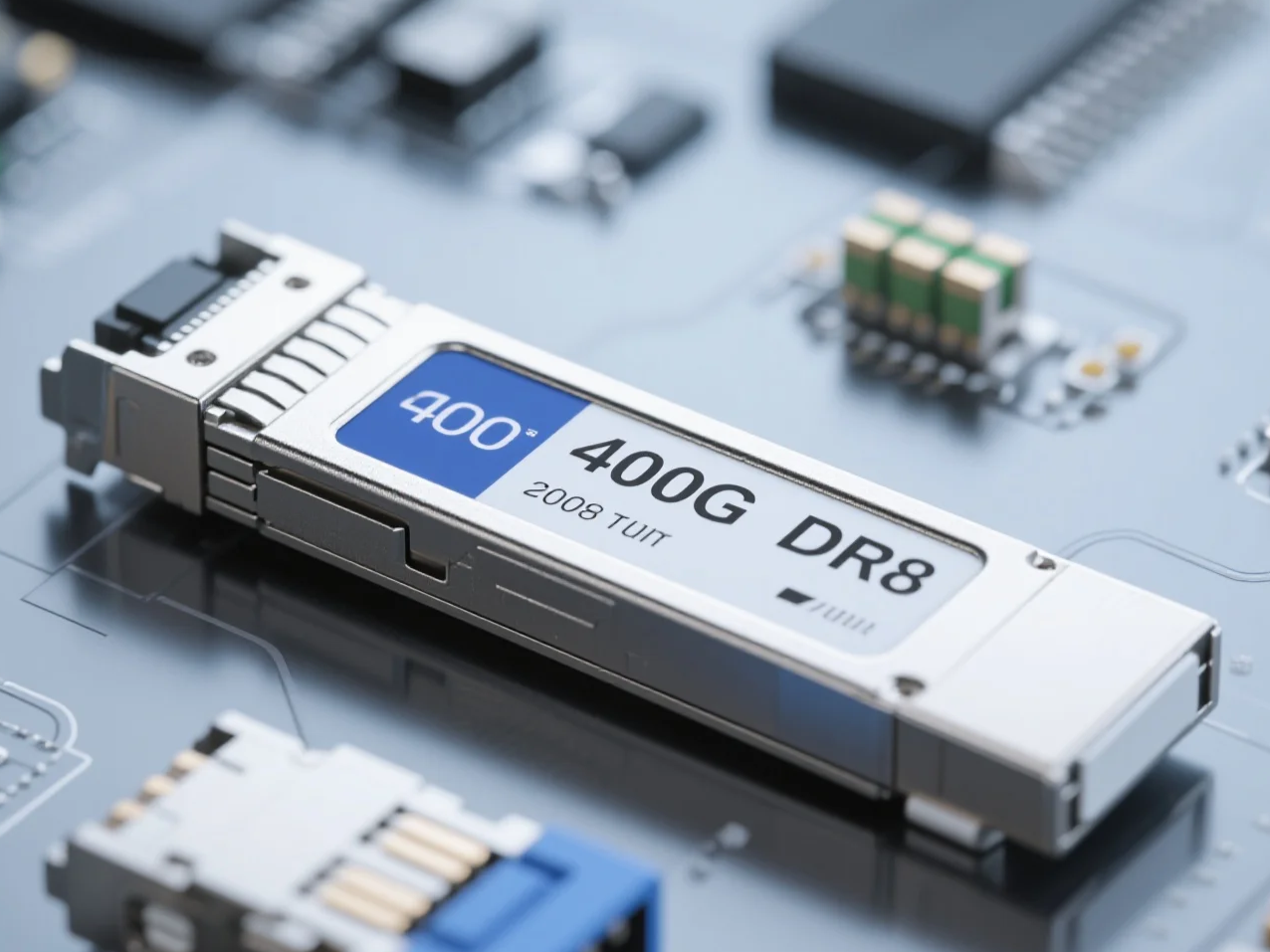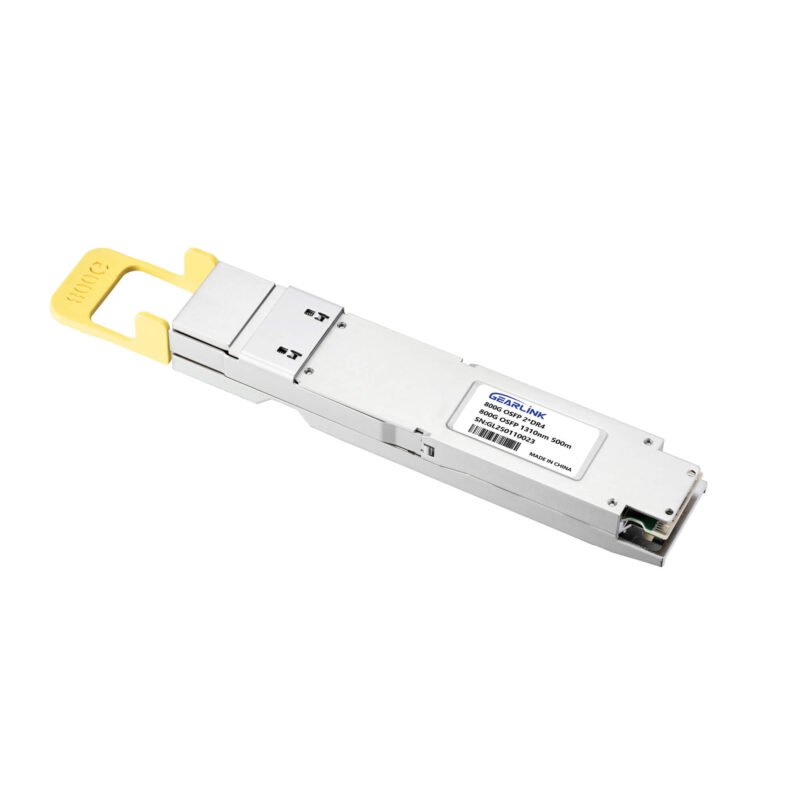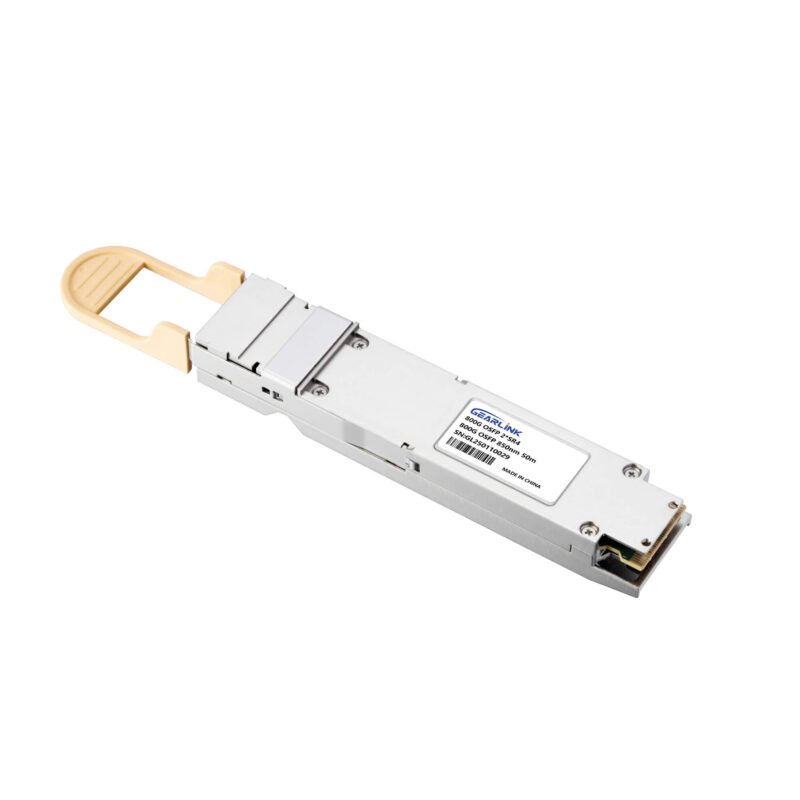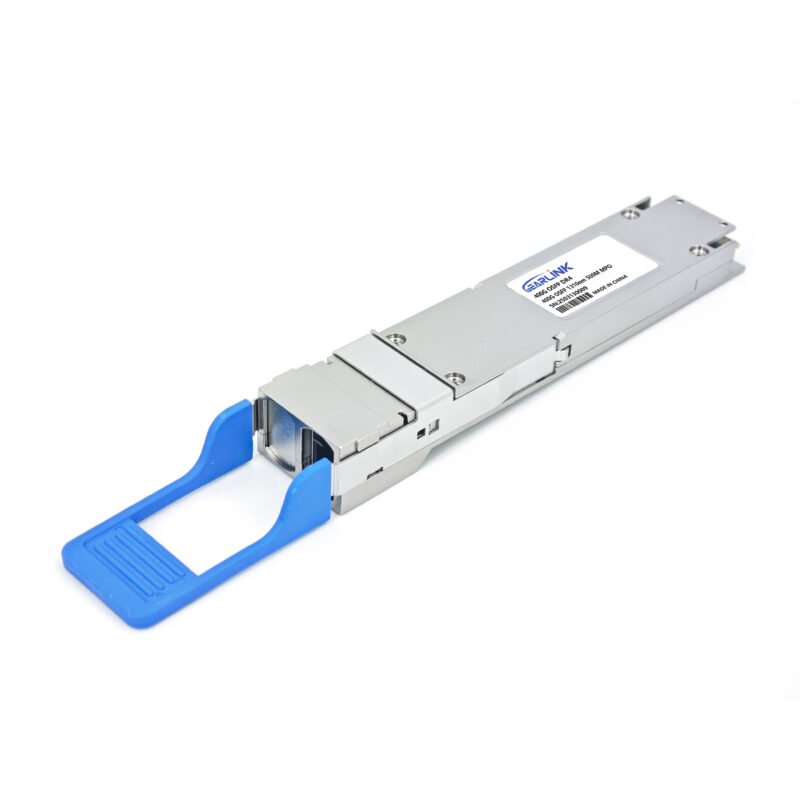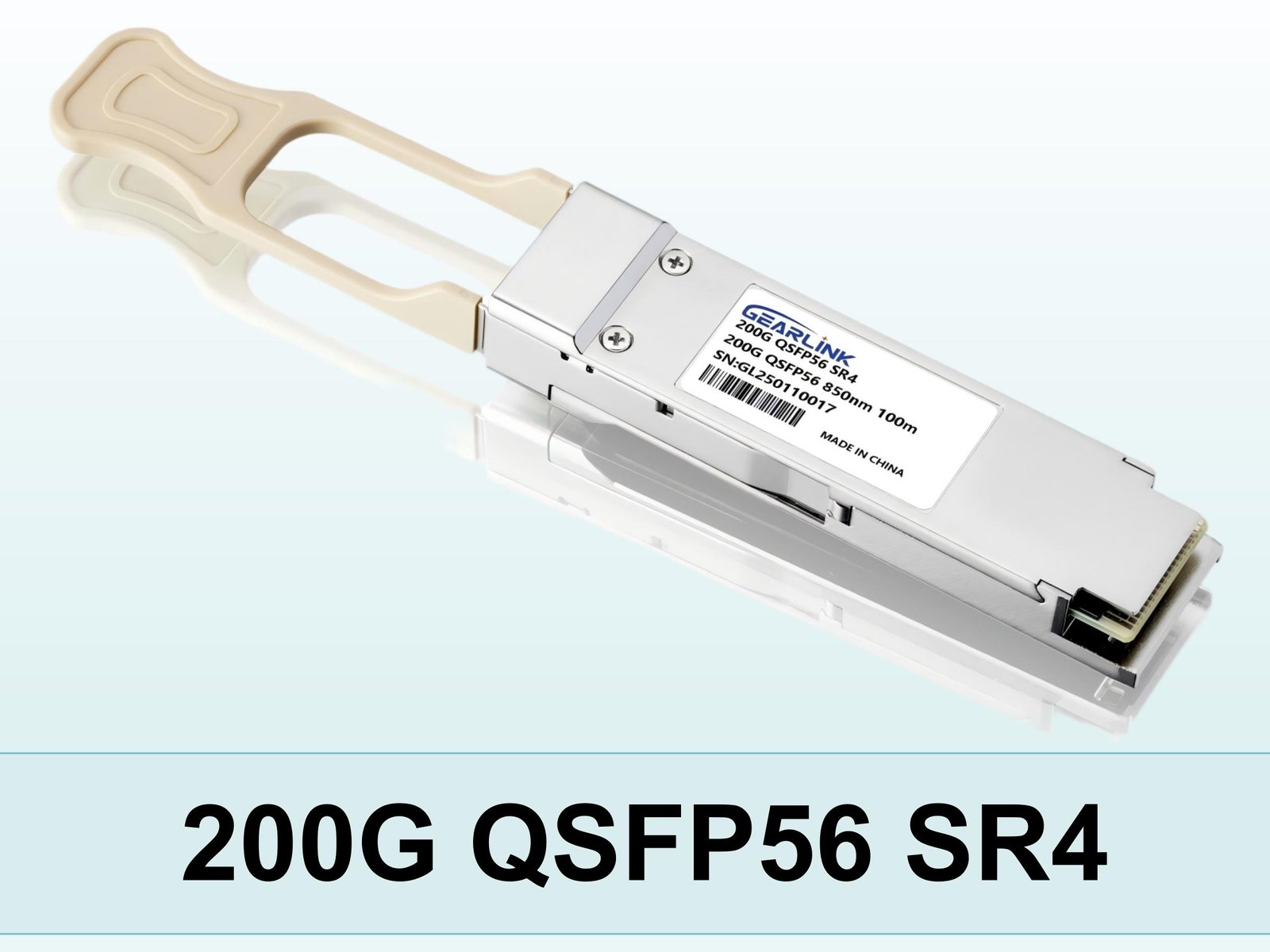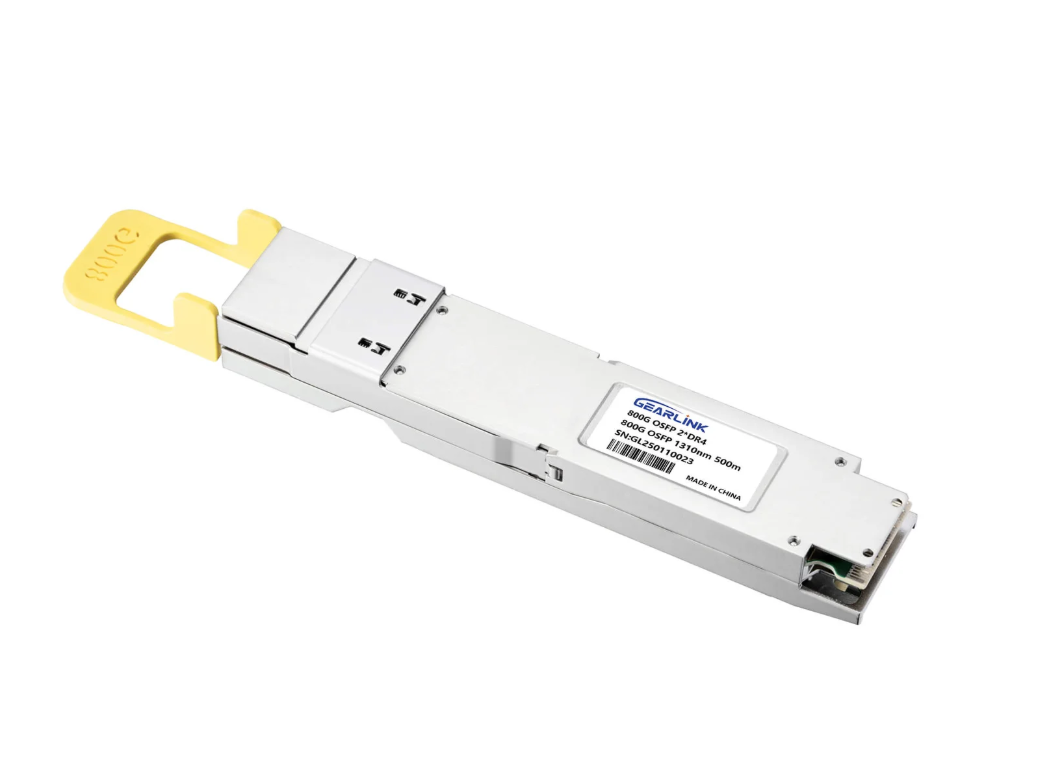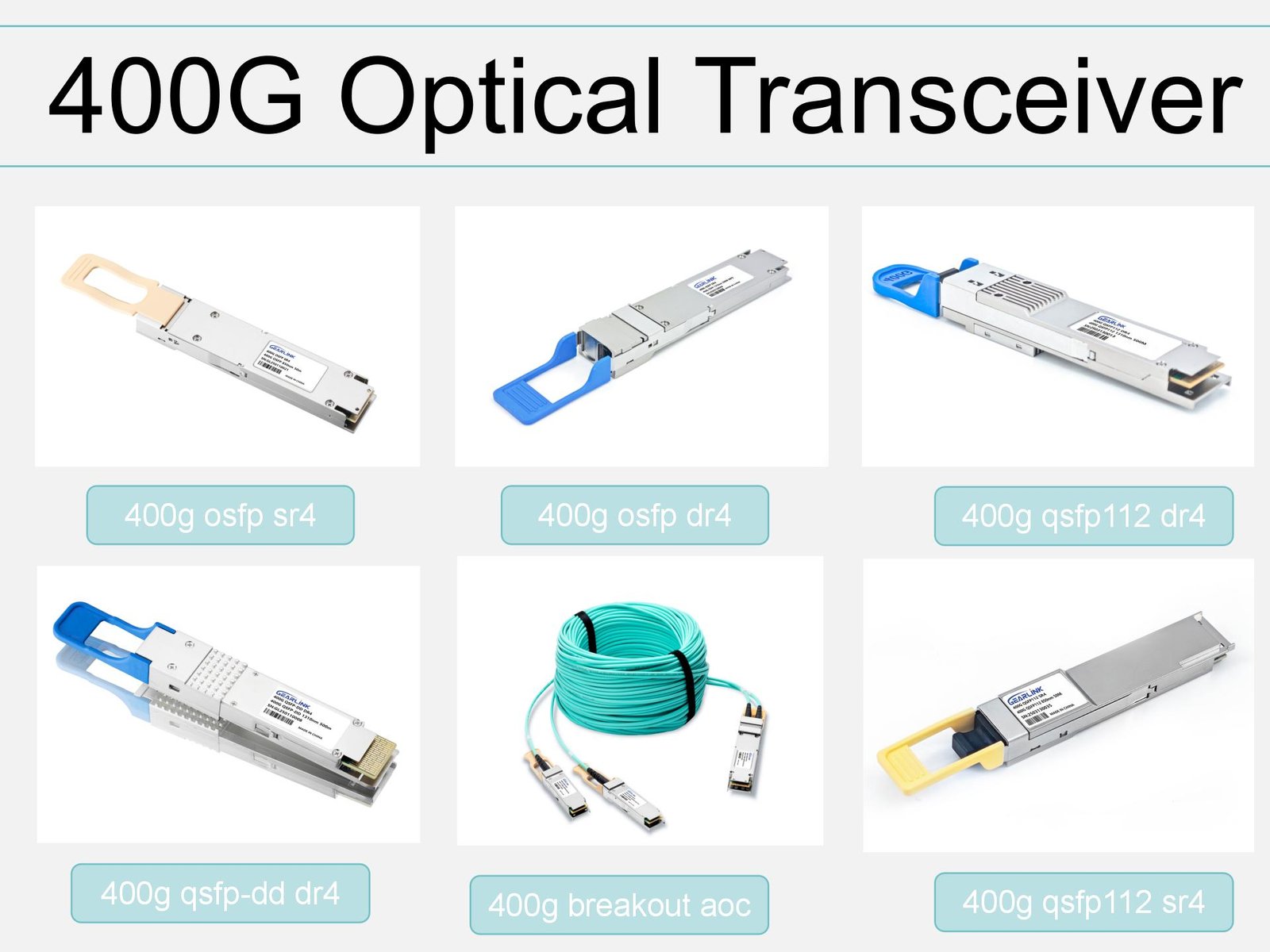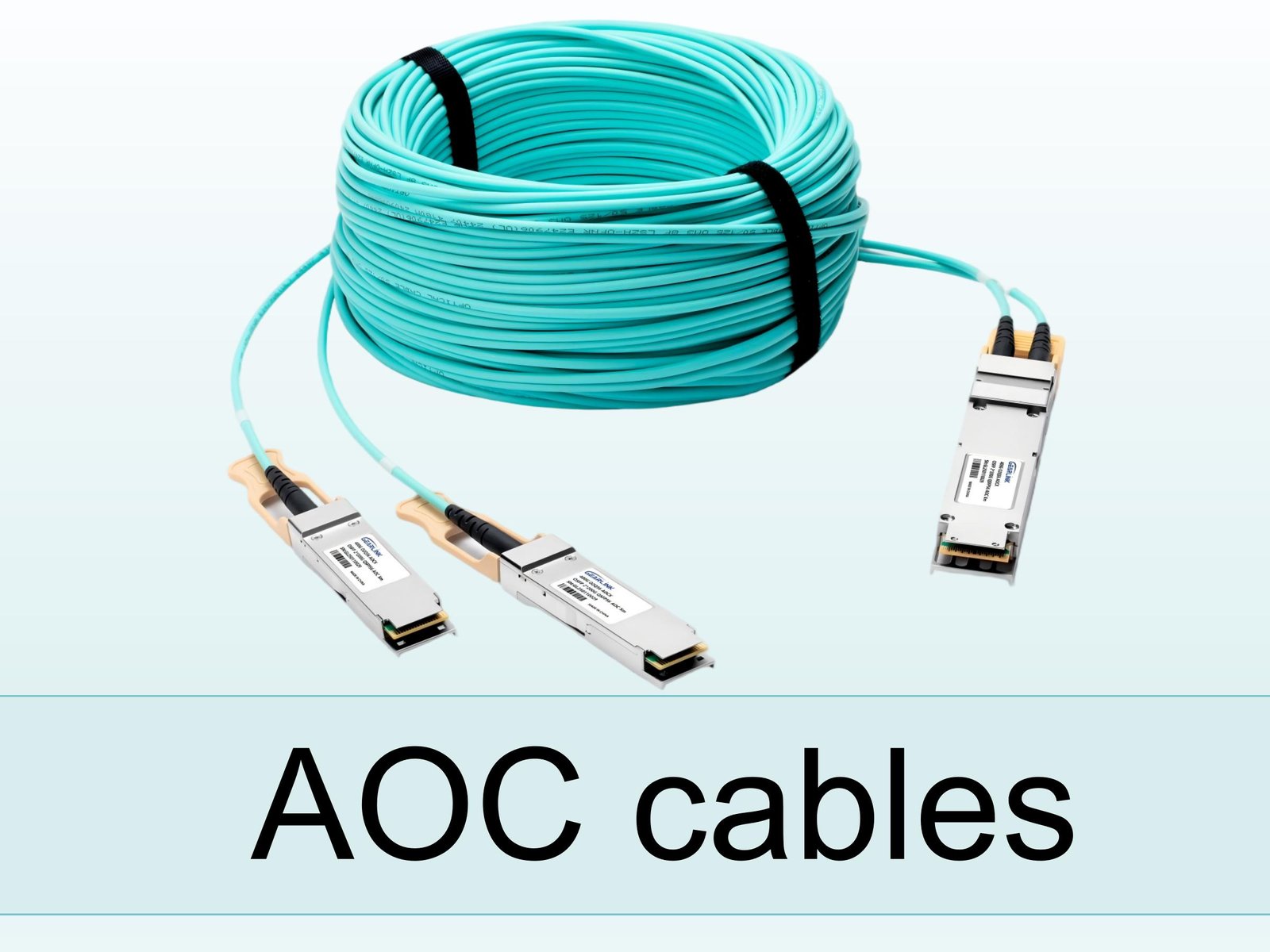In today’s digital landscape, the demand for faster, more efficient data transfer is reaching unprecedented levels. As cloud computing, artificial intelligence (AI), and high-performance computing (HPC) become commonplace, the infrastructure that powers them must evolve to keep up. This evolution is happening at the core of the network with advanced optical interconnects, and leading the charge is the 800G DR8 transceiver. This cutting-edge module is not just a simple speed upgrade; it represents a fundamental shift in how we approach network design, offering a powerful solution to the twin challenges of increasing bandwidth and reducing energy consumption.
For professionals in the optical networking and data center fields, understanding the capabilities of the 800G DR8 transceiver is crucial. It promises to double network throughput, but its true value lies in its ability to do so with greater efficiency, lower latency, and higher density. This article will delve into the technical underpinnings of this powerful module, highlighting its key features and differentiating it from previous generations of transceivers. We will explore how it achieves its performance gains, what makes it a critical component for modern data centers, and why it’s a wise investment for future-proofing your network.
The Technological Leap: 800G DR8 Transceiver at its Core
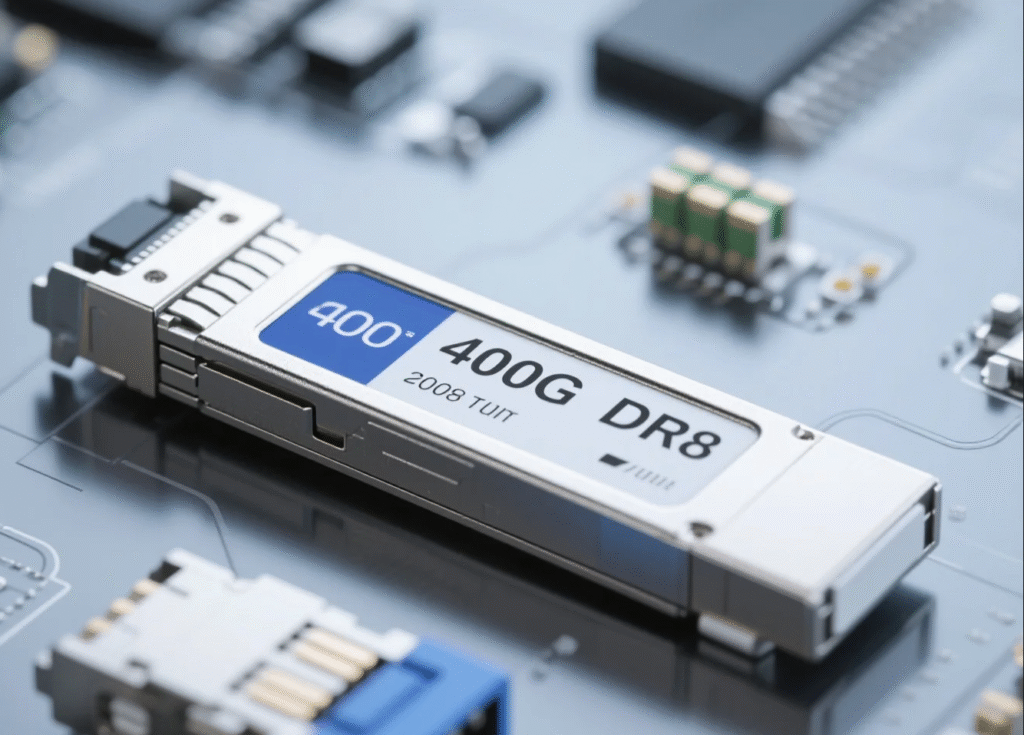
At first glance, the most striking feature of the 800G DR8 transceiver is its impressive data rate of 800 gigabits per second (Gbps). This is double the capacity of its predecessor, the 400G transceiver. However, this isn’t achieved by a single, monolithic channel. Instead, the 800G DR8 transceiver employs a parallel architecture. The “DR8” in its name signifies “Data Center Reach” and “8 lanes.” Specifically, it uses eight parallel optical channels, with each channel carrying data at 100 Gbps. These eight channels work together over single-mode fiber (SMF) to achieve the total 800 Gbps throughput.
The key to unlocking this speed is the use of Pulse Amplitude Modulation 4-Level (PAM4) signaling. Unlike the older Non-Return-to-Zero (NRZ) modulation used in lower-speed modules, PAM4 allows each signal pulse to carry two bits of data instead of just one. This effectively doubles the data transmission rate over the same channel bandwidth. By combining PAM4 modulation with an eight-lane parallel architecture, the 800G DR8 transceiver can achieve ultra-high bandwidth without requiring a prohibitively complex or expensive single-channel design. This innovative approach is a cornerstone of modern high-speed optical networking, enabling massive data flows within and between data center racks.
The Role of Form Factors: OSFP and QSFP-DD
The performance of an optical transceiver is also deeply tied to its physical design, or form factor. The 800G DR8 transceiver is primarily available in two key form factors: OSFP (Octal Small Form-factor Pluggable) and QSFP-DD (Quad Small Form-factor Pluggable Double Density). Both were designed to support higher speeds and densities, but they have distinct characteristics.
The OSFP form factor is slightly larger, which provides a key advantage: it can better accommodate a larger integrated heat sink. This is crucial for heat dissipation, as higher data rates naturally generate more heat. The larger size also allows for a greater power budget, which future-proofs the module for even higher speeds, such as 1.6T. On the other hand, the QSFP-DD form factor is designed to be backward compatible with existing QSFP transceivers, making it an attractive option for network operators looking for a smooth upgrade path. Its “double density” design allows it to house eight electrical lanes in the same space that a traditional QSFP uses for four. This allows for a very high port density, which is a major benefit for space-constrained data centers. The choice between OSFP and QSFP-DD often depends on a network’s existing infrastructure, cooling capabilities, and future scalability plans.
Dramatically Enhancing Bandwidth and Density
The most immediate benefit of deploying 800G DR8 transceivers is the significant increase in network bandwidth density. By upgrading from 400G to 800G, a single switch port can now handle twice the data. This directly translates to more data processed in the same physical space, or a “doubling of the bandwidth density.” For a 32-port 1U switch, a full upgrade to 800G DR8 transceivers can double its total capacity from 12.8 Terabits per second (Tbps) to a staggering 25.6 Tbps.
This increase in density is particularly critical for data center interconnects, where massive amounts of data are shuffled between racks and different parts of the network. In a spine-and-leaf architecture, for example, the core spine switches can now support twice as many connections or handle double the traffic from the leaf switches, effectively alleviating bottlenecks and ensuring a more fluid, responsive network. This is a game-changer for large-scale deployments, especially those supporting AI and machine learning workloads that are characterized by massive, parallel data transfers. The ability to connect more GPUs and servers at higher speeds within the same footprint is a key enabler for next-generation AI training clusters.
The Drive for Energy Efficiency
High-speed data transfer has historically come at a significant energy cost. As data rates climb, so does the power consumption of the transceivers and the cooling systems required to manage the heat they produce. The 800G DR8 transceiver offers a compelling solution to this challenge by improving energy efficiency on a per-bit basis.
While an 800G module consumes more power than a single 400G module, its power consumption per gigabit is significantly lower. For instance, if a 400G module consumes around 10-12W and an 800G module consumes 16-18W, the 800G module is transmitting twice the data for less than twice the power. This results in a better power-to-performance ratio, making the 800G transceiver a more sustainable and cost-effective solution in the long run.
The energy efficiency of the 800G DR8 transceiver is partly due to technological advancements in the underlying components, such as the use of highly efficient laser drivers and the latest Digital Signal Processing (DSP) chips. Some cutting-edge designs even feature technologies like Linear-drive Pluggable Optics (LPO), which eliminates the need for a complex DSP, further reducing power consumption and latency. This focus on efficiency is not just a “nice-to-have”; it is a business imperative. Lower power consumption directly translates to reduced operational costs, a smaller carbon footprint, and less strain on data center cooling infrastructure, which itself is a major energy consumer.
Distinguishing the 800G DR8 from other Transceivers
800GBASE 2 x DR4/DR8 OSFP PAM4 1310nm 500m DOM Dual MPO-12/APC SMF Optical Transceiver Module
Price range: NT$1,699 through NT$1,768
800G OSFP SR8-800GBASE 2 x SR4/SR8 OSFP PAM4 850nm 50m DOM Dual MPO-12/APC MMF InfiniBand NDR Optical Transceiver Module
Price range: NT$539 through NT$808
400GBASE-DR4 OSFP PAM4 1310nm 500m DOM MPO-12/APC SMF Optical Transceiver Module
Price range: NT$699 through NT$799
To fully appreciate the value of the 800G DR8 transceiver, it’s important to understand how it differs from other types of optical modules, particularly those in the same product family.
800G DR8 vs. 400G DR4
The most common comparison is with its direct predecessor, the 400G DR4. The 400G DR4 module uses four parallel channels, each operating at 100 Gbps, to achieve its 400 Gbps total. The 800G DR8 transceiver doubles this architecture to eight channels. This provides not only a direct speed increase but also a critical benefit: breakout capability. An 800G DR8 module can be broken out into two 400G DR4 links, which allows for flexible and convenient upgrades from existing 400G networks. This backward compatibility is a major advantage for companies that need to scale their networks incrementally without a complete overhaul.
800G DR8 vs. 800G SR8
Within the 800G family, the DR8 module is often compared to the SR8. The “SR” stands for “Short Reach” and signifies that the SR8 module operates over multi-mode fiber (MMF). While the 800G SR8 also uses eight parallel channels, each at 100 Gbps, it is designed for shorter distances, typically up to 100 meters. In contrast, the 800G DR8 transceiver operates over single-mode fiber, which allows for a much greater transmission distance of up to 500 meters. The choice between the two depends entirely on the application: SR8 is ideal for very short intra-rack or rack-to-rack connections, while DR8 is the superior choice for longer links within a data center, such as spine-to-leaf or inter-data center connections on the same campus.
800G DR8 vs. 800G LR8
For even longer distances, there are modules like the 800G LR8 (Long Reach). The LR8 module uses a different technology called Wavelength Division Multiplexing (WDM) to transmit data over a single pair of fibers at much greater distances, often up to 10 kilometers. Unlike the DR8’s parallel approach, the LR8 uses different wavelengths of light to carry the data. While the LR8 is perfect for connecting different buildings or campuses, the 800G DR8 transceiver with its parallel fiber design remains the most cost-effective and power-efficient solution for mid-range, high-density connections within a single large data center.
Conclusion
The 800G DR8 transceiver is a transformative technology in the optical networking industry, designed to meet the extreme demands of modern data centers. By leveraging a multi-lane, PAM4-based architecture, it effectively doubles network bandwidth density while significantly improving power efficiency on a per-gigabit basis. Its breakout capabilities and compatibility with various form factors make it a flexible and powerful tool for network engineers. As AI, cloud computing, and other data-intensive applications continue to grow, the 800G DR8 transceiver will be a cornerstone technology, enabling the creation of scalable, high-performance, and sustainable network infrastructures. This module is not just about keeping pace; it’s about setting the stage for the next wave of innovation in data communications.
Frequently Asked Questions (FAQ)
Q1: What is the main difference between 800G DR8 and 400G DR4 transceivers? A1: The primary difference is the number of channels. The 800G DR8 transceiver uses eight parallel 100G channels to achieve 800Gbps, while the 400G DR4 uses four 100G channels for 400Gbps. The 800G DR8 also offers better power efficiency per bit and can be used in a breakout configuration to connect to two 400G ports.
Q2: Which form factor is better, OSFP or QSFP-DD? A2: The choice depends on your specific needs. OSFP is generally preferred for its better heat dissipation and potential for future scalability, while QSFP-DD is highly valued for its high port density and backward compatibility with existing QSFP infrastructure, which can simplify network upgrades.
Q3: Is the 800G DR8 transceiver suitable for long-distance connections? A3: The 800G DR8 transceiver is classified as a “Data Center Reach” module, designed for medium-distance links, typically up to 500 meters over single-mode fiber. For longer distances (e.g., inter-campus or metro networks), modules like the 800G LR8 or 800G 2FR4 are more appropriate.
